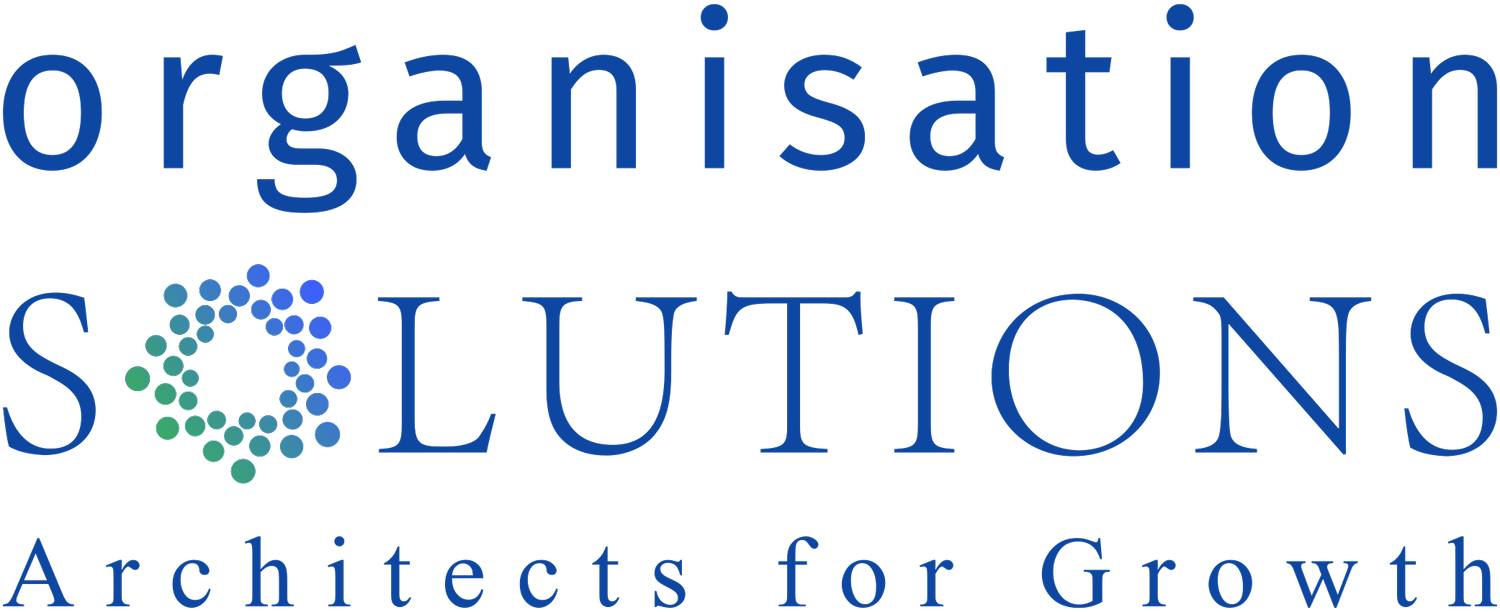Make Performance Management Effective and Easy
Performance management (PM) is broken. A 2015 Deloitte survey revealed that a mere 8% of companies find their PM systems add value to the business. Despite attempts to overhaul these processes in recent years, frustration among managers and demotivation among employees remains widespread (Agovino, 2023).
The Problem: Control vs. Motivation
Traditional PM systems often fail because they focus on controlling employee work and measuring outcomes for compensation purposes. This approach reduces PM to a sum less than its parts, overlooking the potential for growth and engagement.
Solution #1: Leverage and Add to What Works
Instead of abandoning the entire system, we can leverage the effective aspects of PM while minimising the counterproductive ones. Here's how:
Goal Setting: Setting clear, specific goals remains crucial for driving performance. Consider adding:
Purpose: Aligning individual goals to the company's or team's purpose enhances motivation by connecting work to a larger meaning.
Team Goals: In today's collaborative work environments, team goals foster collaboration and boost overall performance.
Development Goals: Creating individual development plans aligned with goals ensures continuous learning and growth.
Monitoring Progress: Regular monitoring helps individuals stay focused and provides timely support. However, we need to shift the focus from evaluation to:
Support: Offer regular coaching and guidance to help employees overcome challenges and achieve their goals.
Autonomy: Empower employees to monitor and self-manage their work, allowing them to identify areas for improvement and action.
Feedback: Timely and constructive feedback is essential for improvement. But traditional PM often ties feedback to evaluations and rewards, undermining its effectiveness. Instead, focus on:
Progress: Provide feedback specific to progress towards goals or standards, highlighting areas needing improvement and suggesting actionable steps.
Solution #2: Minimise the Evaluation
The traditional year-end review, with its emphasis on evaluation and compensation, often demotivates employees. Minimise this aspect by:
Decoupling the Evaluation: Separate the evaluation process from goal setting, development, and feedback discussions. Conduct a brief evaluation meeting and discuss other topics in dedicated sessions.
Focusing on the Evaluation BAR: When conducting the evaluation, be concise and factual, focusing on the:
Background: The goal, target, or performance standards for the year
Actions: The actions the individual took to achieve the target or overcome challenges
Results: A summary of results achieved or missed and possible actions to reach even higher future performance
Providing Context: While rewarding individuals, express gratitude for their contributions. Explain the context, such as company/team performance, market changes, and their position within the pay range, to provide a broader perspective on compensation.
By focusing on these key points, we can transform PM from a source of frustration to a catalyst for growth and engagement.
Further Resources:
Alan Colquitt, Ph.D. and Edie Goldberg, Ph.D. offer valuable insights on the current state of PM systems and effective strategies for improvement.
References:
Agovino, T. (2023). HR Magazine.
Deloitte (2015). Human Capital Trends Survey.
Dr. James Eyring is the Chief Executive Officer of Organisation Solutions and leads the global consulting practice. In addition, he specialises in leadership and talent management and works with companies and executives to build capabilities they need to fuel future growth. As part of his role, he provides coaching to global and top regional leaders.
Follow Us
Latest Insights





